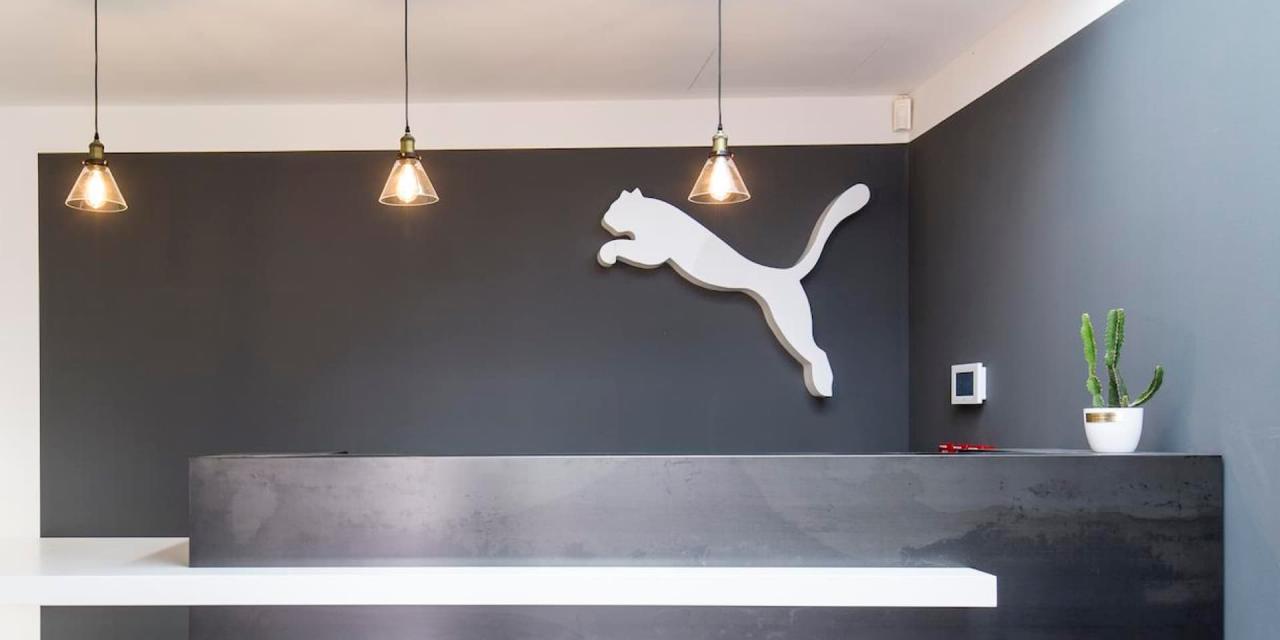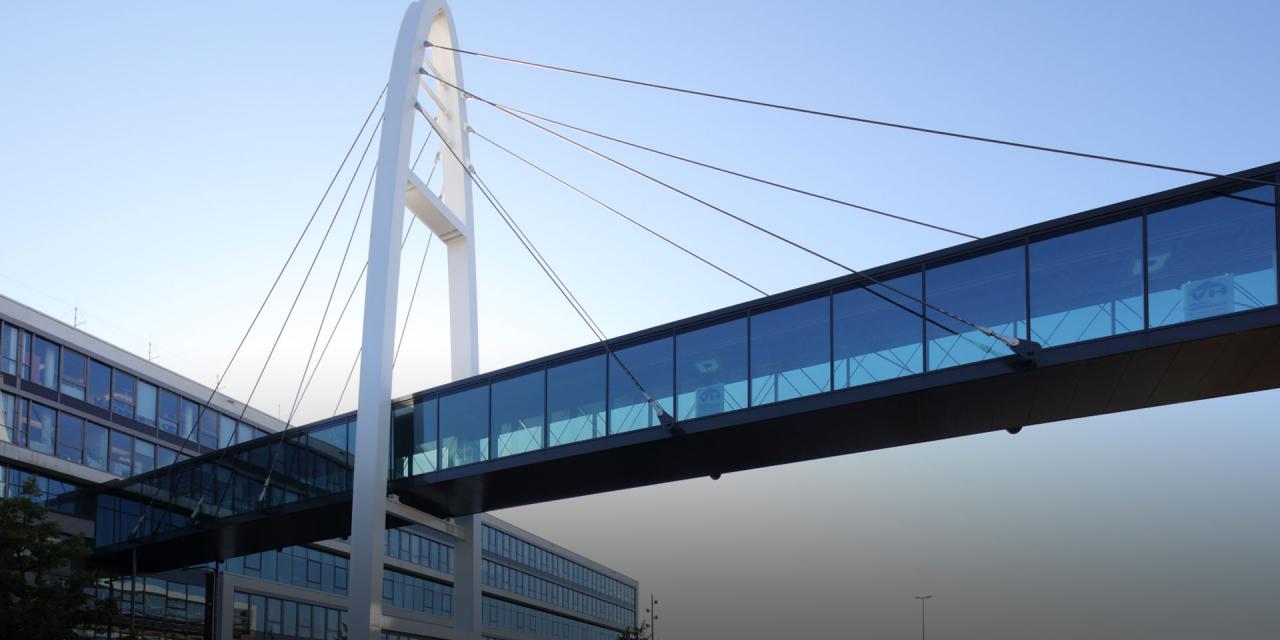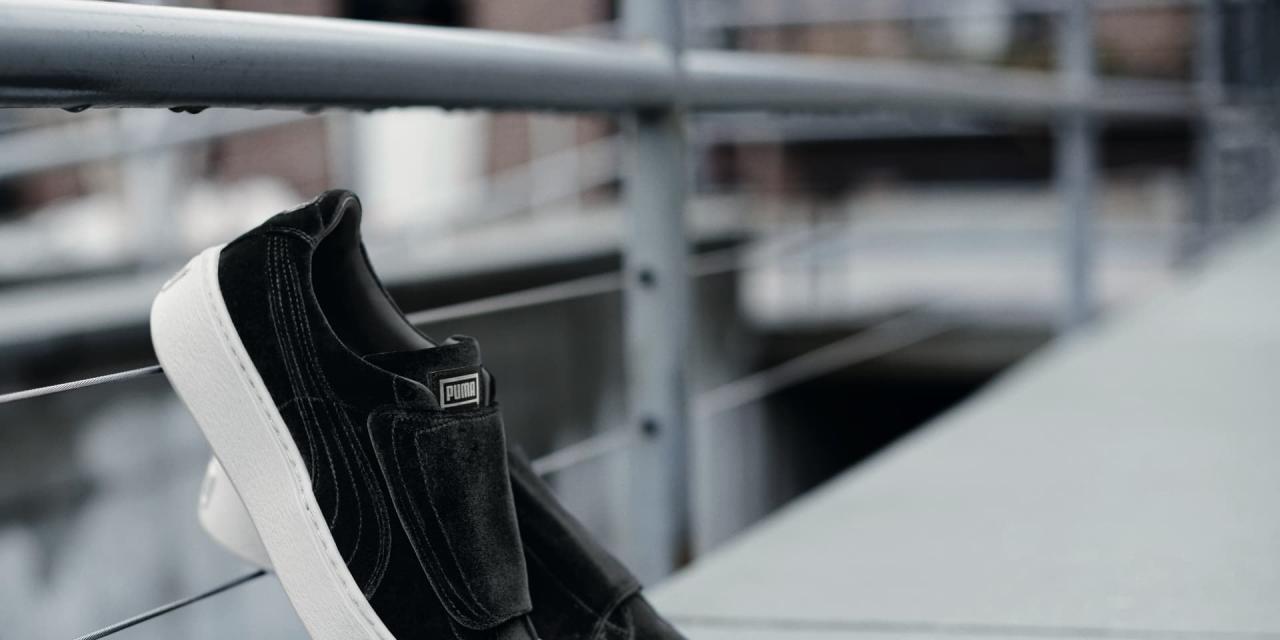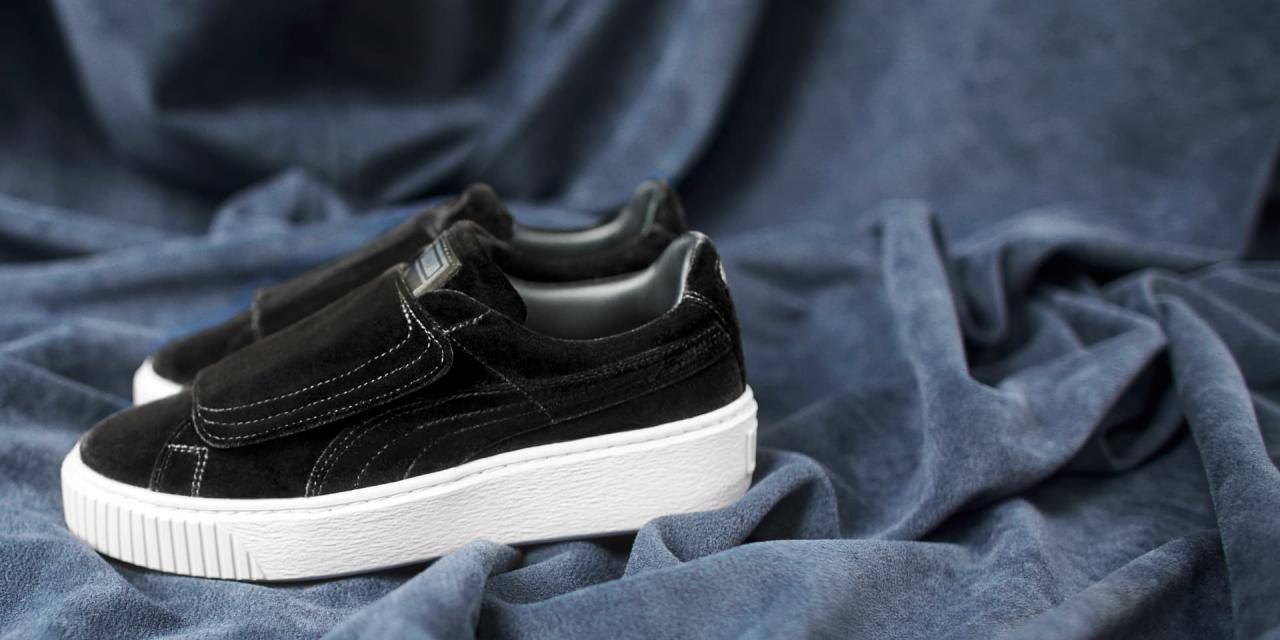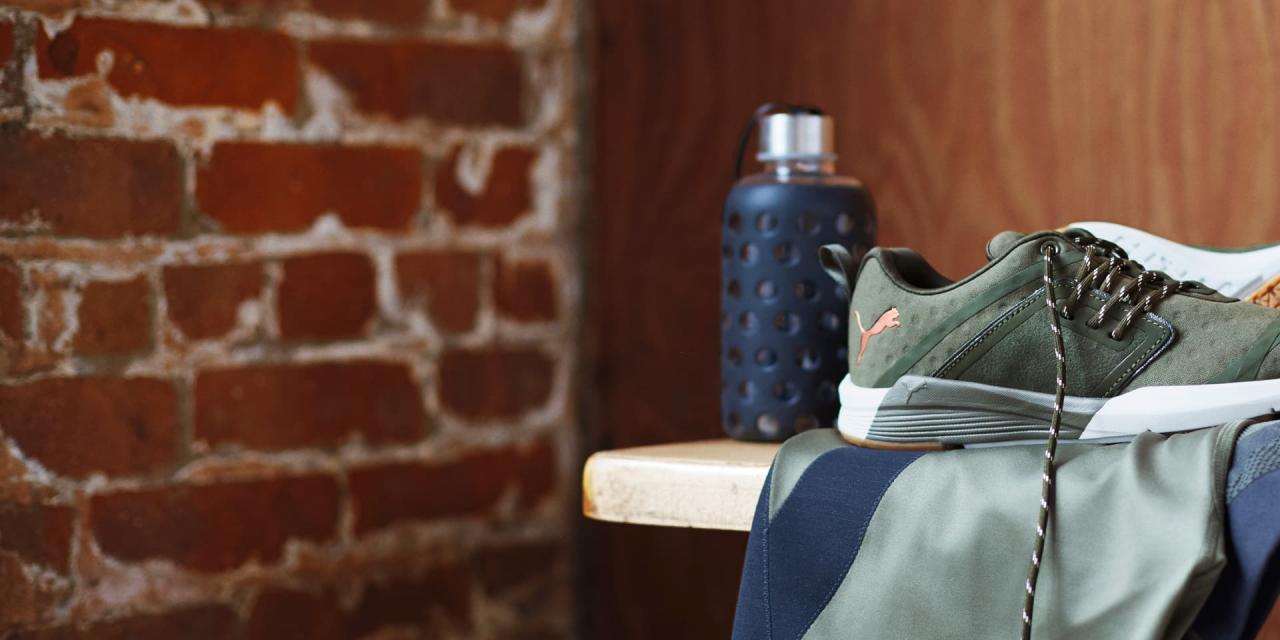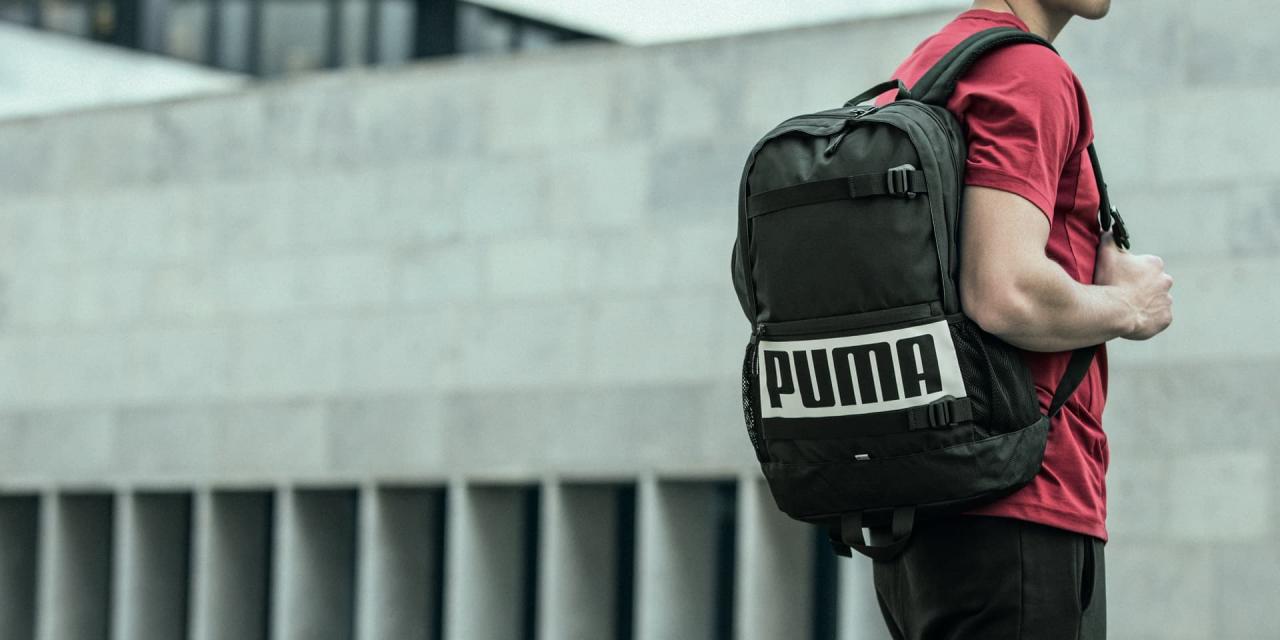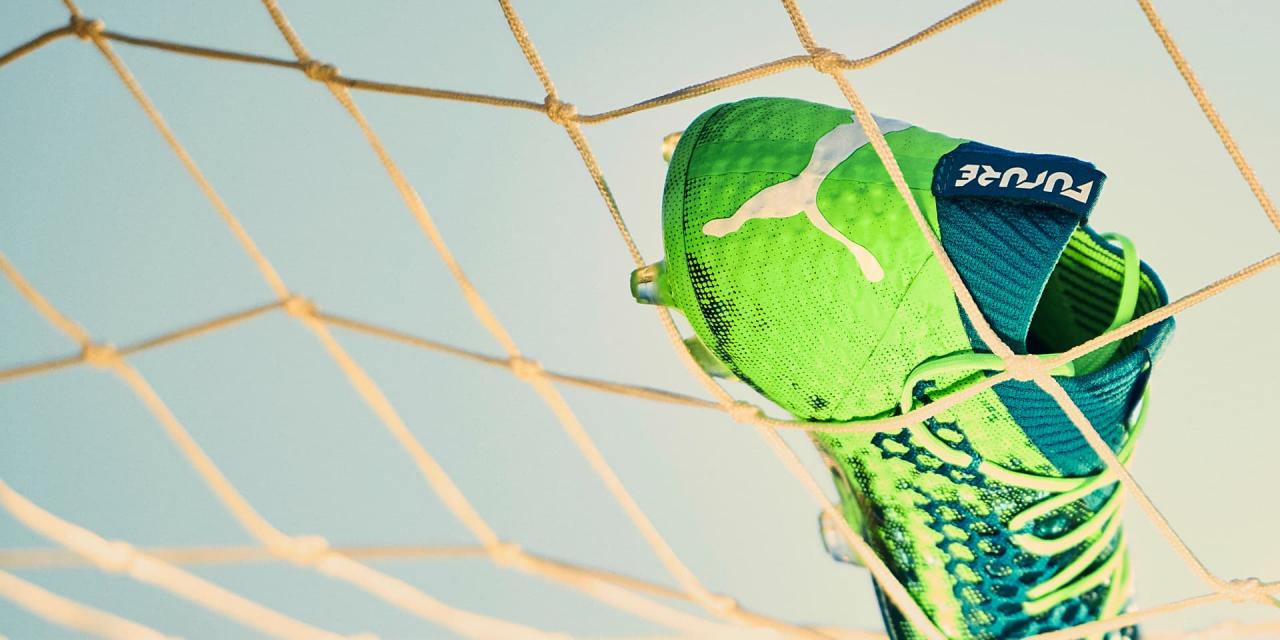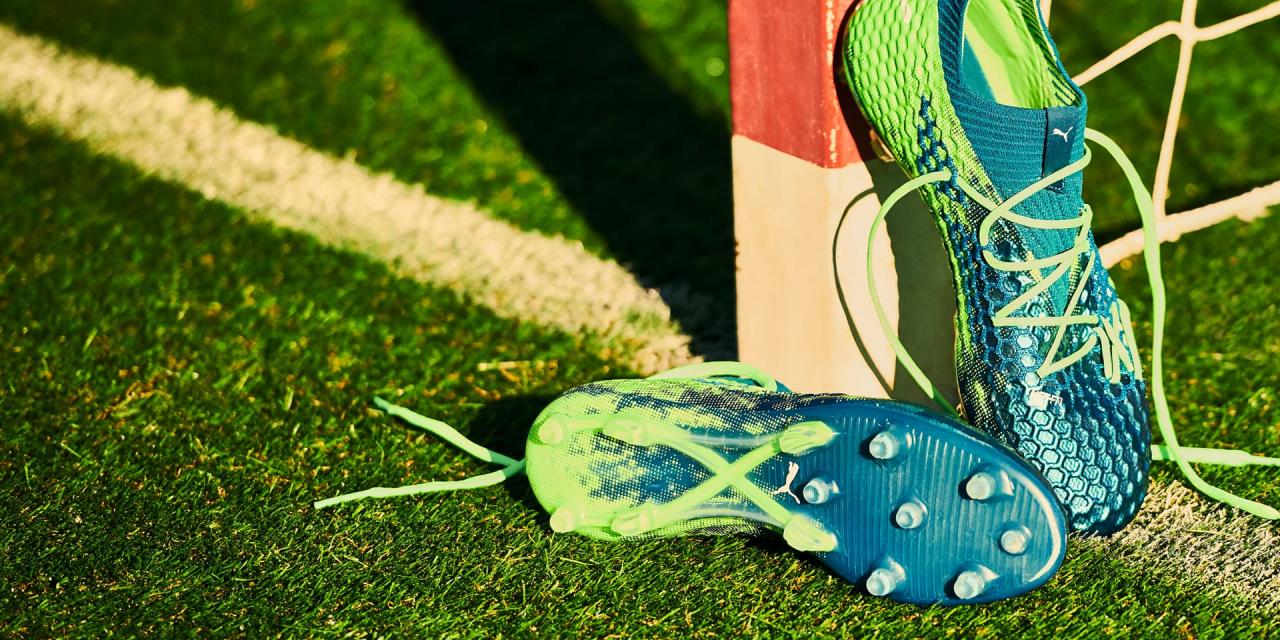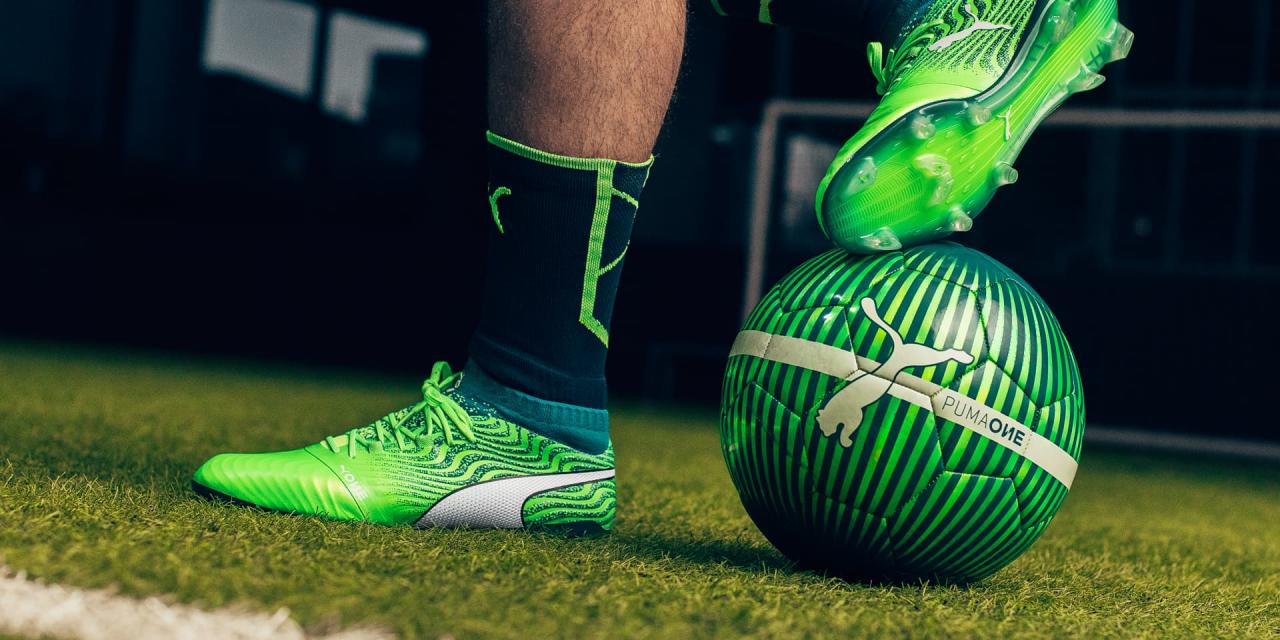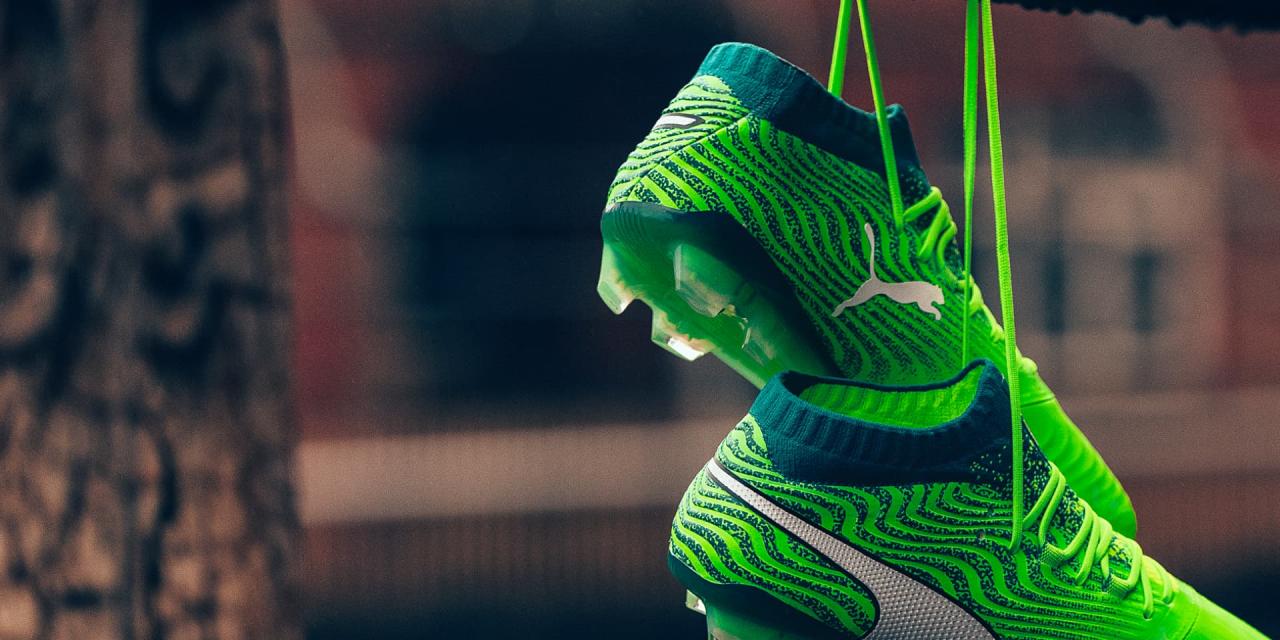Highlights Fourth Quarter 2010
- Consolidated sales increased by 28.2% to € 623 million, posting record sales
- Gross profit margin softened to 45.4% due to shift in regional mix, hedging, and sourcing prices
- Operating result before special items increased by 2.6% to € 41.1 million
- EPS improved to € 0.93
- PUMA’s “Back on the Attack” plan presented in October outlined the company’s future growth strategy
Highlights January – December 2010
- Consolidated sales increased by 10.6% in Euro terms to more than € 2.7 billion for the first time
- Gross profit margin stood strong at 49.7%
- Operating result before special items improved by 12.7% to € 337.8 million
- EBT more than doubled to € 301.5 million
- Net earnings improved by 154.0% to € 202.2 million
- EPS increased significantly to € 13.45 from € 5.28 last year
- Balance sheet ratios and cash position remained strong
Outlook 2011
- Despite a lack of major sporting events in 2011, Management expects sales to increase by mid to high single-digits for the full year.
- Due to investments in marketing, product and process optimization that are part of our “Back on the attack” strategy, management expects the OPEX ratio to increase.
- Net Earnings expected to improve by mid single-digits assuming a modest increase in sourcing costs related to raw materials and wages.
Jochen Zeitz, CEO: “We finished the year with record sales in a strong quarter, contributing to an overall solid sales and operational performance in 2010, which clearly demonstrates the strength of our brand and company in an improving consumer environment. I am pleased to see that our sales outlook also continues to look positive and that PUMA’s organic growth is more than intact. We are well positioned to tap into PUMA’s full brand potential with our strategic five-year company growth plan. Our focus will now be to develop and grow our existing core product categories as well as PUMA’s key strategic markets, and to invest in marketing and R&D while continuing to boost our sales globally.”
The Year 2010
PUMA is back on the attack! In the past financial year 2010, PUMA posted a new record in sales and managed to increase profitability accordingly. Hence, PUMA has successfully overcome the economic crisis and has laid the foundation to achieve the growth targets defined for the coming years.
The football World Cup on the African continent, where PUMA sponsored seven of the participating teams, of which four were African teams, proved to be a particular highlight for the PUMA brand in 2010. Furthermore, the Company celebrated the extension of the sponsoring agreement with Usain Bolt, and also witnessed Sebastian Vettel being crowned as the youngest world champion in the history of Formula One. Sebastian Vettel belongs to the Red Bull racing team, which was sponsored by PUMA. In addition to these sporting highlights, PUMA set new standards in 2010 through the introduction of a revolutionary new packing system, “Clever Little Bag” which was part of a comprehensive sustainability drive that was introduced to the public with the mission of PUMA to be the most desirable and sustainable Sportlifestyle company.
In the full year 2010, global brand sales increased by 3.1% currency-adjusted, while consolidated sales rose by 3.6% currency-adjusted. In Euro terms sales increased by 10.6% to more than € 2.7 billion successfully resuming the positive sales trend that was interrupted by the financial crisis in 2009. PUMA’s gross profit margin decreased slightly to 49.7%, maintaining its position in the upper echelons of the sporting goods industry. The cost reduction, reorganization and process optimization measures that had already been initiated by Management in the year before were continued in 2010. However, one-off expenses of € 31.0 million, which are related to the discovery of fraudulent activities at a joint venture in Greece, incurred in the reporting year, which also required a restatement of the comparative figures for December 31, 2009.
Including the above-mentioned special items, the operating profit (EBIT) more than doubled to 306.8 million from € 146.4 million last year, and earnings per share stood at € 13.45, compared to € 5.28 in the previous year.
PUMA’s expansion strategy was successfully continued in 2010 by means of acquisition of the “Cobra Golf” brand, completing our product range within the golf category with clubs. Within the scope of its sustainability strategy, PUMA acquired a 20.1% stake in Wilderness Holdings Ltd., a company dedicated to responsible eco-tourism and nature conservation.
PUMA’s share price was € 248.00 at the end of the year, posting an increase of 7.0% year-on-year, which resulted in market capitalization of approximately € 3.7 billion.
Sales and Earnings Development 4th Quarter 2010
In the fourth quarter 2010 consolidated sales increased by 16.1% currency-adjusted and 28.2% in Euro terms, reaching € 623.4 million and hence record sales in the company history.
All regions contributed positively to this performance. Currency adjusted sales in EMEA were up 8.8%, Americas sales increased significantly by 27.8% and Asia/Pacific improved by 13.1%.
Footwear sales increased by 15.7% currency-adjusted and Apparel by 16.9%. Sales in Accessories increased by 15.1%, while first time consolidation effects had only a minor impact on this category in Q4.
The gross profit margin decreased to 45.4%, down 500 basis points from last year’s fourth quarter. This decline is partially attributable to the change in the regional sales mix and traditionally higher close-out sales as well as an unfavourable hedging position and higher input costs.
Operating expenses increased disproportionately compared to the growth of sales by 17.6% to € 246.9 million. As a result, the cost ratio significantly improved from 43.2% to 39.6%.
The operating profit (before special items) increased by 2.6% from € 40.0 million to € 41.1 million. Including special items, the operating profit improved significantly from € 6.7 million to € 27.9 million or from 1.4% to 4.5% as a percentage of sales.
The earnings per share amount to € 0.93 in the quarter, after a loss in the prior year.
Sales and Earnings Development January-December 2010
Global Brand Sales
Worldwide brand sales comprised of consolidated and license sales increased by 3.1% to € 2,862.1 million in financial year 2010 after currency adjustments. In reported terms (Euro), brand sales were up 9.8% compared to last year.
Consolidated Sales
Consolidated sales increased currency-adjusted by 3.6% to € 2,706.4 million in financial year 2010. In Euro terms consolidated sales rose by 10.6% and exceeded the threshold of € 2.7 billion for the first time. PUMA’s sales performance has thereby returned to the long-term growth trend of 16 years that had been halted in 2009 by the financial crisis. The Footwear segment posted a sales increase of 1.1% currency-adjusted to € 1,424.8 million. This represented a share in consolidated sales of 52.6% compared to 54.0% in the previous year. Currency-adjusted sales in the Apparel segment rose by 3.8% to € 941.3 million. The share in consolidated sales increased to 34.8% from 34.6% last year. Currency-adjusted Accessories sales grew by 14.9% to € 340.3 million, which is mainly attributable to the expansion of the consolidated group as a result of the acquisition of Cobra Golf. As a consequence, the share of the Accessories segment in consolidated sales increased to 12.6% compared to 11.4% in the previous year.
Gross Profit Margin
The gross profit margin declined by 110 basis points to 49.7% and continues to be among the upper echelons of the sporting goods industry. The margin drop derives, in particular, from the change in the regional sales mix, a slight increase in sourcing costs and unfavourable hedging positions in 2010 compared with 2009. In absolute figures, however, the gross profit margin increased from € 1,243.1 million to € 1,344.8 million or 8.2%. In terms of product segments, the gross profit margin in Footwear was at 48.9% compared to 49.8% last year. The Apparel margin decreased from 51.3% to 50.6% and Accessories decreased from 54.1% to 50.6%, which stems from the impact of the newly acquired and integrated Cobra Golf business.
Operating Expenses
Operating expenses before special items rose – disproportionately to the growth of sales – by 6.4% to € 1,026.1 million in 2010. This increase derives from currency impacts and the extension of the scope of business after Cobra Golf and the new subsidiary PUMA Spain were included. As a percentage of sales, PUMA managed to reduce the cost ratio to 37.9% after 39.4% in the previous year. This is also a direct result from the cost reduction program of 2009.
Marketing and Retail expenses remained almost unchanged at € 501.3 million. However, the corresponding cost ratio dropped significantly from 20.5% to 18.5% of sales. Owing to the rise in sales revenues and expansion of the consolidated group, other selling expenses increased by 12.6% to € 348.8 million or from 12.7% to 12.9% as a percentage of sales. Expenses for product development and design increased from € 58.1 million to € 63.6 million or decreased from 2.4% to 2.3% as a percentage of sales. Other General & Administration expenses increased by 11.9% to € 147.9 million which derives from acquisitions and currency effects. As a result, the cost ratio increased slightly from 5.4% to 5.5% of sales. Furthermore, operating income amounted to € 35.5 million after € 35.7 million last year.
Depreciation was at € 55.2 million. Compared to the previous year, this corresponds to a decrease of 8.4%, underlining PUMA’s cautious investment policy.
EBIT before special items
Operating profit before special items increased by 12.7% to € 337.8 million compared to € 299.7 million last year. As a percentage of sales, this corresponds to an improved operating margin of 12.5% versus 12.2% in 2009.
EBIT
The uncovering of irregularities at our joint venture in Greece resulted in one-off expenses of
€ 31.0 million in financial year 2010. In addition the comparative figures in the consolidated financial statements as of December 31, 2009 had to be restated (cf. Section 3 in the Notes to the consolidated financial statements). As a result, the retained earnings as of December 31, 2009 decreased by € 106.5 million. Including the special items, the operating profit (EBIT) generated in 2010 more than doubled to € 306.8 million from € 146.4 in the previous year. This corresponds to an operating margin of 11.3% as a percentage of sales after 6.0% in 2009. After reviewing and correcting this incident, Management does not expect further one-off expenses related to this matter. PUMA has asserted all claims according to criminal law against the Greek Joint Venture minority partner and members of the local Greek management. Currently, there is no new information relating to this matter.
Financial Result
Following PUMA’s acquisition of a 20.1% stake in Wilderness Holdings Ltd., a company dedicated to responsible ecotourism and nature conservation, the financial statements for 2010 include a financial result (€ 1.8 million) from an associated company. The total financial result amounted to € -5.3 million, compared to € -8.0 million in the previous year.
The financial result includes interest income amounting to € 4.4 million after € 3.8 million last year, as well as interest expenses of € 5.9 million after € 6.6 million in 2009. Furthermore, expenses relating to interest in connection with accumulated, long-term purchase price liabilities from corporate acquisitions of € 4.3 million (previous year: € 4.1 million), as well as expenses of € 1.3 million (previous year: € 1.1 million) derived from the valuation of pensions plans.
Earnings before Taxes
Compared to the previous year, earnings before taxes (EBT) rose significantly from € 138.4 million to
€ 301.5 million or from 5.7% to 11.1% as a percentage of sales. This improvement results from the increase in sales, the cost reductions generated through the restructuring program and lower one-off expenses. Tax expenses increased from € 61.1 million to € 99.3 million. The tax rate in the 2010 financial statements was 32.9% after 44.1% in 2009. In both years, one-off expenses that could not be claimed as tax-deductibles led to the high tax ratio.
Net Earnings
Consolidated net earnings increased to € 202.2 million after € 79.6 million in 2009. The net rate of return improved significantly to 7.5% compared to 3.3% in the previous year. Earnings per share increased from € 5.28 to € 13.45 while diluted earnings per share rose from € 5.27 to € 13.37.
Regional Development
Sales in the EMEA region decreased by 2.5% currency-adjusted to € 1,221.7 million. However, in Euro terms, sales increased by 1.5% compared to last year. The share of the EMEA region in consolidated sales amounted to 45.1% compared to 49.2%. In terms of product segments, currency-adjusted Footwear sales decreased 9.1%. Apparel sales, however, increased 2.1% currency-adjusted while Accessories sales rose 9.9%. The gross profit margin stood at 50.6% compared to 52.2% last year.
The Americas region posted an increase in currency-adjusted sales by 20.0% to € 855.9 million. The Latin America region contributed significantly to this performance. This resulted in an increase in the share in consolidated sales from 27.2% to 31.6%. Footwear sales were up by 16.8% currency-adjusted and Apparel sales posted a strong 21.8% increase. Accessories sales rose by 53.5% which is mainly due to the acquisition of Cobra Golf. The gross profit margin amounted to 46.6% after 48.2% in 2009.
Sales in the Asia/Pacific region decreased slightly by 2.6% currency-adjusted to € 628.8 million. However, sales increased by 8.8% in reported terms. The share in consolidated sales remained stable at 23.2% after 23.6% in 2009. Footwear sales decreased by 6.1% currency-adjusted and Apparel sales by 1.9% while Accessories sales posted a 5.4% increase. The gross profit margin improved from 50.8% to 52.0%.
Net Assets and Financial Position
Equity
Total assets as of December 31, 2010, increased by 22.9% from € 1,925.0 million to € 2,366.6 million. This results from an increase in inventories and trade receivables – both partly currency-related – and an expansion of the consolidated group. Owing to a significant rise in total assets, the equity ratio declined slightly from 58.9% to 58.6%. However, in absolute figures, shareholders’ equity increased by 22.3% to € 1,386.4 million, compared to € 1,133.3 million. As in previous years, PUMA’s financial resources remain solid.
Working Capital
Working capital increased by 25.2%, rising from € 323.2 million to € 404.5 million. This increase stems from currency-related effects and the expansion of the consolidated group. As a percentage of sales, this corresponds to a slight increase from 13.2% to 14.9%. The rise in working capital is mainly attributable to the increase in inventories of 27.7% to € 439.7 million which is necessary to accommodate our expected sales growth in 2011 and an increase in trade receivables of 28.7% to € 447.0 million resulting from the strong increase in sales in Q4 as well as currency impacts.
Cashflow/Capex
The gross cashflow rose by 28.7% to € 358.4 million in 2010, which is due to the increase in earnings before taxes (EBT). The change in net current assets reflects a net cash outflow of € 97.0 million compared to a net cash inflow of € 116.8 million reported in the previous year. This derives from increases in inventories and trade receivables. Taxes, interest and other payments remained stable at € 92.0. In summary, cash provided by operating activities stood at € 169.4 million after € 303.9 million last year.
Net cash used for investing activities increased from € 136.6 million to € 152.3 million. This major portion of the increase is attributable to the payments for acquisitions, which rose by 32.5% from € 81.8 million in the previous year to € 108.4 million and relate mainly to the purchase of Cobra and Wilderness. Also included are current investments in fixed assets (Capex) which amount to € 55.2 million after € 54.5 million. As a result, the free cashflow declined from € 167.3 million to € 17.1 million. Excluding payments made for acquisitions in 2010, the free cashflow fell from € 249.1 million to € 125.5 million. As a percentage of sales, free cashflow (before acquisitions) amounted to 4.6% after 10.2%.
Net cash used for financing activities mainly includes dividend payments of € 27.1 million and investments relating to the purchase of treasury shares of € 23.4 million.
Cash and cash equivalents remained almost unchanged at € 479.6 million.
Dividend
The Board of Management and the Supervisory Board will propose to the Annual General Meeting on April 14, 2011, that a dividend of € 1.80 per share (the same as in the previous year) to be paid for the financial year 2010 from the retained earnings of PUMA AG. The unchanged dividend corresponds to the improvement in the consolidated result, while taking the restatement of last years financial results into consideration. The dividend is to be paid out on the day after the Annual General Meeting when the profit distribution is authorized.
Share buy back
In 2010, PUMA purchased 102,219 of its own shares and held 101,593 of its own shares at the end of the year resulting in an investment of € 23.4 million.
Other Events
PUMA AG to convert into a Societas Europaea (SE)
In our ad hoc release on October 25, 2010, PUMA AG outlined its intention to adopt a new legal structure by transforming into a European Corporation, PUMA SE. As part of the transformation, PUMA intends to convert its current two-tier board structure with a management board and a supervisory board to the more flexible and international structure of a one-tier Board. Additionally, managing directors will be responsible for the general management of PUMA SE.
At the upcoming annual general meeting in April 2011, the shareholders will be asked to vote on the change of PUMA AG’s corporate structure.
Outlook 2011
In 2010 – especially in the second half – economic conditions improved compared to 2009. Despite the lack of major sporting events, we believe that the company should achieve an increase in sales in the mid to high single-digit percentage range in the next two years. At last year’s investor conference, PUMA presented its five-year company strategy “Back on the Attack 2011-2015”, which aims at achieving a significant sales increase in particular within PUMA’s core markets, fueled by investments in brand and product complemented by optimized business processes, especially in the first couple of years of our expansion strategy. As a result, the expense ratio is expected to increase compared to the previous year’s level, while gradually decreasing in the subsequent years. We expect an improvement in net earnings in the mid single-digit percentage range for 2011 and 2012 on the basis of modest increases in procurement prices.
